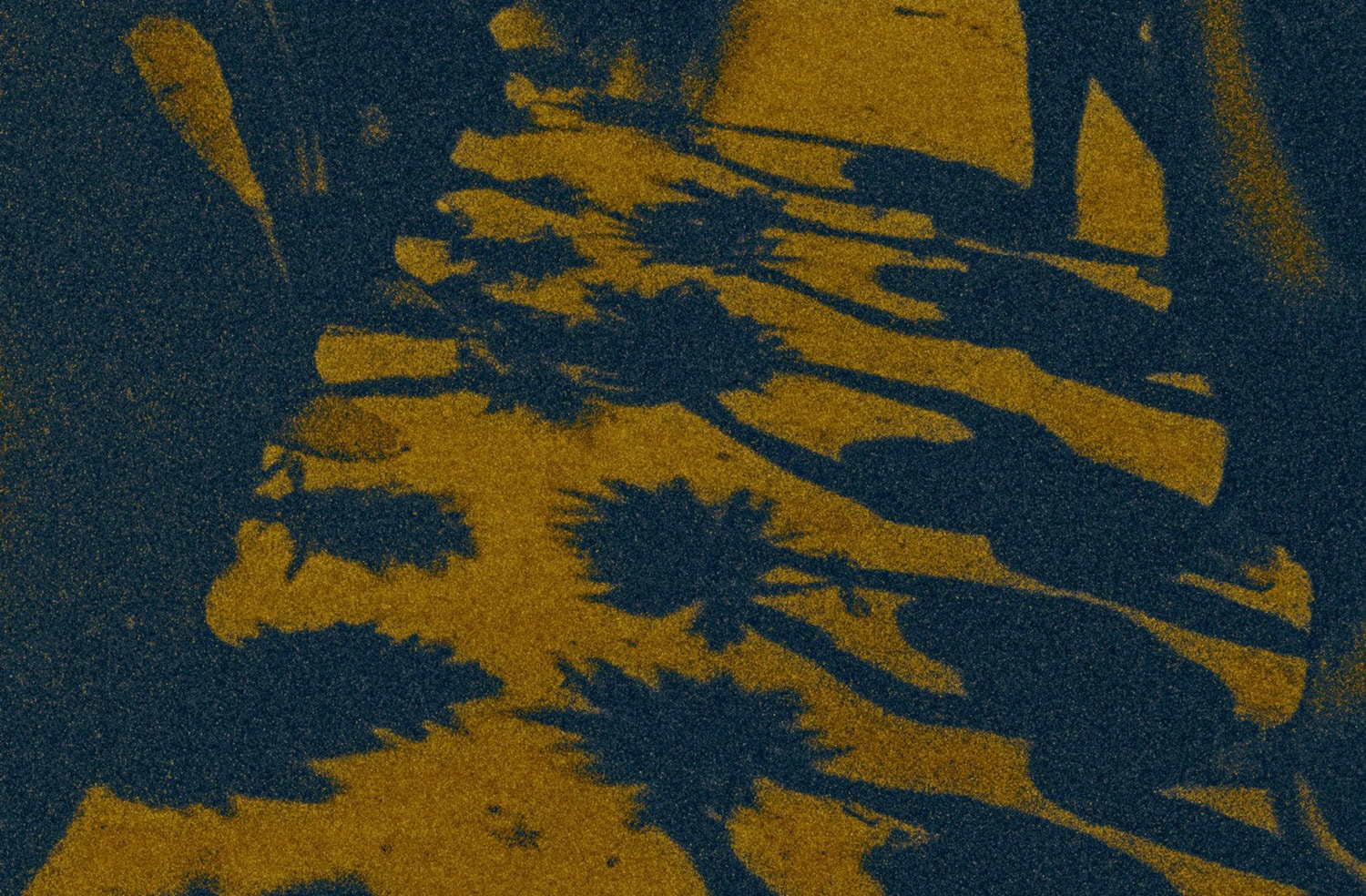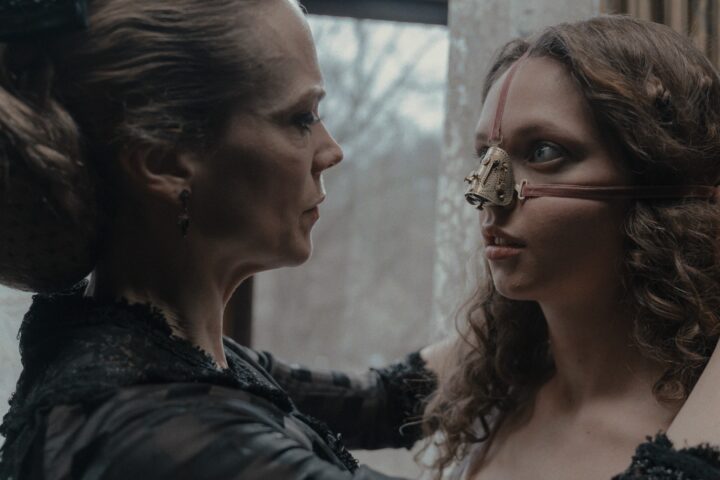At the heart of Tatiana Fuentes Sadowski’s thorny documentary The Memory of Butterflies is an early 20th-century photograph of two Indigenous Peruvians, Omarino and Aredomi, wearing Western clothes and holding each other’s hands for emotional support. As the director explains via voiceover, the photo caught her eye as she was sifting through historical albums, and her attempt to learn more about the men, each sporting a look of mild perturbation as they pose for the camera, sent her scouring various other photos and archival film materials. “It will be necessary to borrow other bodies,” she says of building a larger portrait of Peru circa 1910 to try to understand Omarino and Aredomi, which spirals into an even more expansive chronicle of colonial exploitation and cultural suppression.
Omarino and Aredomi were two of many Indigenous workers impressed into near slavery by rubber baron Julio César Arana, whose brutally punishing regime bears comparisons to the horrors perpetuated by Belgians in the Congo. Disturbingly, much of the archival footage that Sadowski relies upon comes from commissioned ethnographic films by Arana’s company. While these films offer a fascinating glimpse into Indigenous life and cultural practices, such as dances and food gathering, Sadowski never lets us forget that they occlude the violence being done on Indigenous people by those ostensibly devoted to scientific documentation.
Each cut here thus underscores an act of omission. As Sadowski regularly uses the run-out leader of a strip of film to transition between images, the flickering passage of whited-out celluloid becomes a pointed illustration of what can never be recovered by modern researchers. Occasionally, she adds a red tint to clips of the Javary River that runs through the region where Arana built his company, making it look like a gout of blood coursing through the Amazon.
Sadowski also fills in many of the gaps around Omarino and Aredomi via the diaries of Roger Casement, the Irish diplomat who had investigated the atrocities committed in the Congo by Leopold II and who was dispatched by the British government to look into Arana’s human rights violations. Casement was horrified by the rubber baron’s rule, noting the beatings and amputations doled out by overseers to workers who failed to meet their quotas, as well as the efforts of cultural indoctrination to replace Indigenous practices with Western ones.
By the same token, though, Sadowski uncovers that it was Casement who’s responsible for the photo at the heart of The Memory of Butterflies, having selected Omarino and Aredomi to be taken to London to raise awareness of Arana’s atrocities to abolitionist and human rights advocates. Casement privately confides that he expressly chose the pair because of their striking, almost classical beauty, which he sees as ideal for artists and sculptors to render. Thus the company propaganda that supplied the films that the director uses are countered by another form of propaganda, with Casement—a lifelong anti-imperialist who would eventually be executed for taking up the cause of Irish nationalism—casually admitting his eagerness to put the young men in the service of enlightened liberals back in Peru rather than free them.
It’s a dark twist that boldly exposes the hypocrisies of Western liberal intervention, and one that calls attention back to Sadowski’s early talk of borrowing bodies to tell Omarino and Aredomi’s story. In a sense, her film is a demonstration of the doubled-edged sword of third-party advocacy, a moral quandary complicated by her divulgence of family ties to Peru’s rubber trade. There are many positive signs of progress in The Memory of Butterflies, most notably the present-day footage of Arana’s compound now functioning as a school for Indigenous youth. But Sadowski doesn’t lose sight of the impossibility of recovering lives lost by better understanding the past. The only hope is that awareness of it might help to forge a better future.
Since 2001, we've brought you uncompromising, candid takes on the world of film, music, television, video games, theater, and more. Independently owned and operated publications like Slant have been hit hard in recent years, but we’re committed to keeping our content free and accessible—meaning no paywalls or fees.
If you like what we do, please consider subscribing to our Patreon or making a donation.




There is a small mistake in the text, Arana was a Peruvian citizen.